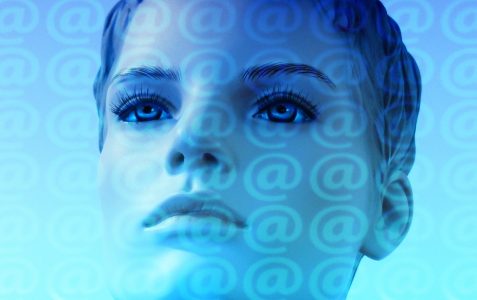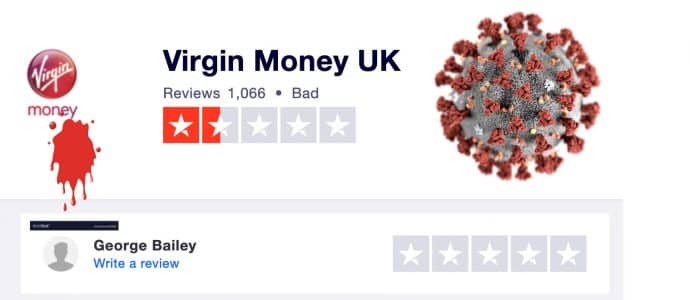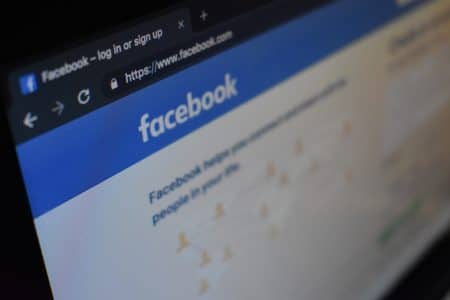New Study: Twitter Bots Amount for One-Fifth of US Election Conversation - Dispatch Weekly
November 7, 2016 - Reading time: 5 minutes

According to Emilio Ferrara, computer scientist at the USC Information Sciences Institute (ISI) and USC Viterbi School of Engineering, software robots have been influencing political discourse on social media outlets, masking as humans.
What is a Bot?
A bot is an account that is automated by software to act on its own. It is a program that functions and sounds like a human.
A bot is an application that performs automated tasks, searching online, for example Siri and Cortana.
Bots include chatbots that can hold a conversation, answering questions users may have, which are increasingly used by companies, saving time and money.
‘Hi Poncho’ chatbot on Facebook Messenger helps users by telling them how the weather is in their location.
Bot Detection Algorithms have Been Creating Influencing Conversation

Ferrara and Alessandro Bessi, visiting research assistants at USC’s ISI, have found that bots have pushed an alarming amount of discourse, expressing pro-Hillary Clinton and pro-Donald Trump material.
This conclusion was reached after using bot detection algorithms, scouring through 20 million election-related tweets made between Sept 16 and Oct 21.
The bots made a startling 3.8 million tweets, or 19 percent. Out of 2.8 million users, the bots accounted for 400,000, nearly 15 percent of the study population.
Social Bots: Indistinguishable from Humans
Social bots are difficult to distinguish from human users because they use stolen photos and descriptions from real accounts.
These bots can display sophisticated behavior such as liking candidate’s tweets, growing a following and engaging in conversations.
The Bots Can Influence Election Discussion Online
In the paper, published in First Monday, the researchers note that, “First, influence can be redistributed across suspicious accounts that may be operated with malicious purposes.”
“Second, the political conversation can become further polarized. Third, spreading of misinformation and unverified information can be enhanced.”
The Difference Between Donald Trump’s and Hillary Clinton’s Tweets

The difference between the robot’s tweets for the two candidates was: tweets about Trump were mostly positive, endorsing him, whereas tweets about Hillary Clinton used 50 percent positive tweets and 50 percent critical messages about the other nominee.
Other Research Showing the Power of Bots
A paper Oxford University’s Project on Computational Propaganda found that during the third presidential debates, bots that shared pro-Trump content outstripped pro-Clinton bots by 7-1.
During the first and second debates, the bots made more than a third of pro-Trump tweet, more than Clinton tweets, which amounted to a fifth.
Social Media: Trump Vs. Clinton
Donald Trump used his social media popularity to argue that his viral success was a sign of his strong campaign. However, numbers of likes, engagements and shares on Twitter does not take into consideration the large number of bots.
At present Trump has 13 million Twitter followers and Clinton has 10.2 million.
Can you tell the difference between a bot and human on Twitter? Do you think the use of bots will increase in the near future?

DW Staff
David Lintott is the Editor-in-Chief, leading our team of talented freelance journalists. He specializes in covering culture, sport, and society. Originally from the decaying seaside town of Eastbourne, he attributes his insightful world-weariness to his roots in this unique setting.




